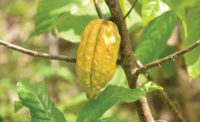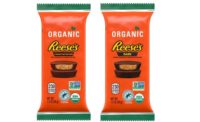Growing demand for foods with natural ingredients is expected to push the global natural food colors market to exceed $14 billion in 2028, according to new data from Persistence Market Research.
The market is expected to see a 6.5 percent compound annual growth rate over the next decade, the firm also noted.
As consumers become increasingly wary of consuming synthetic ingredients, food and beverage manufacturers are focusing on developing products with clean labels to maintain and drive sales. Consumers’ shifting preference for organic, natural and non-GMO products is also accelerating the adoption of natural food colors.
Governments of many countries have imposed stringent rules and regulations on use of synthetic ingredients, encouraging development of eco-friendly and clean-label food and beverage products. This is proving lucrative for producers of natural food colors as manufacturers are adapting their formulations to comply with the regulations.
Furthermore, greater use of natural yellow color in meat, pork and bakery products in Japan is creating opportunities for color manufacturers. Another natural food color variant — Gardenia yellow — is predominantly used in noodles, rice cakes and many other food and beverage products.
Color producers are also leveraging innovation and technological advances to enhance manufacturing processes, while cutting operation costs. For instance, key players in the natural food colors market are adopting microencapsulation technique in color delivery systems while formulating the end product. This technique is used for stabilization, protection and slow release of core materials. Some manufacturers are also developing fermented carmine solutions to offer better-performing natural colors.
Effective supply chain management and sustainability are also differentiating strategies being adopted by leading players in natural food colors market.




